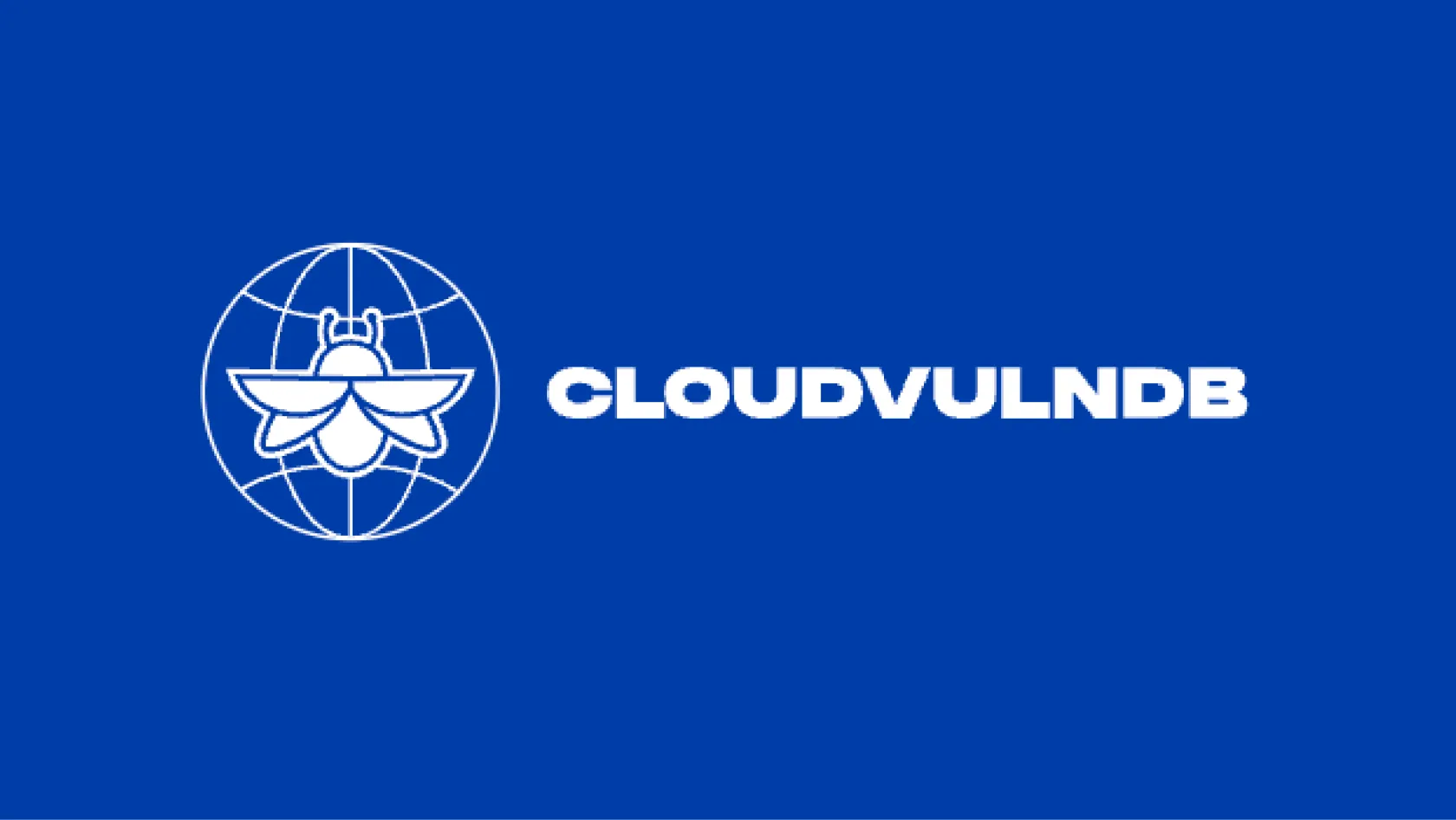
Cloud Vulnerability DB
An open project to list all known cloud vulnerabilities and Cloud Service Provider security issues
The Gravity Forms plugin for WordPress contains a Stored Cross-Site Scripting vulnerability (CVE-2024-13377) in versions up to and including 2.9.1.3. The vulnerability exists in the 'alt' parameter due to insufficient input sanitization and output escaping. This security issue was discovered and reported by mikemyers via Wordfence, and was addressed in version 2.9.2 released on January 16, 2025 (NVD).
The vulnerability is classified as a CWE-79 (Improper Neutralization of Input During Web Page Generation) issue. It has received a CVSS v3.1 Base Score of 7.2 (HIGH) with the following vector: CVSS:3.1/AV:N/AC:L/PR:N/UI:N/S:C/C:L/I:L/A:N. The vulnerability stems from insufficient input sanitization and output escaping mechanisms in the plugin's handling of the 'alt' parameter (NVD).
When exploited, this vulnerability allows unauthenticated attackers to inject arbitrary web scripts into pages. These malicious scripts will execute whenever a user accesses an injected page, potentially leading to compromised user sessions and data theft (NVD).
The recommended mitigation is to update to Gravity Forms version 2.9.2 or later, which includes security enhancements that address this vulnerability. The fix was released as part of the January 16, 2025 update (Gravity Forms Changelog).
Source: This report was generated using AI
Free Vulnerability Assessment
Evaluate your cloud security practices across 9 security domains to benchmark your risk level and identify gaps in your defenses.

An open project to list all known cloud vulnerabilities and Cloud Service Provider security issues

A comprehensive threat intelligence database of cloud security incidents, actors, tools and techniques

A step-by-step framework for modeling and improving SaaS and PaaS tenant isolation
Get a personalized demo
“Best User Experience I have ever seen, provides full visibility to cloud workloads.”
“Wiz provides a single pane of glass to see what is going on in our cloud environments.”
“We know that if Wiz identifies something as critical, it actually is.”